When Tourism Becomes Too Much
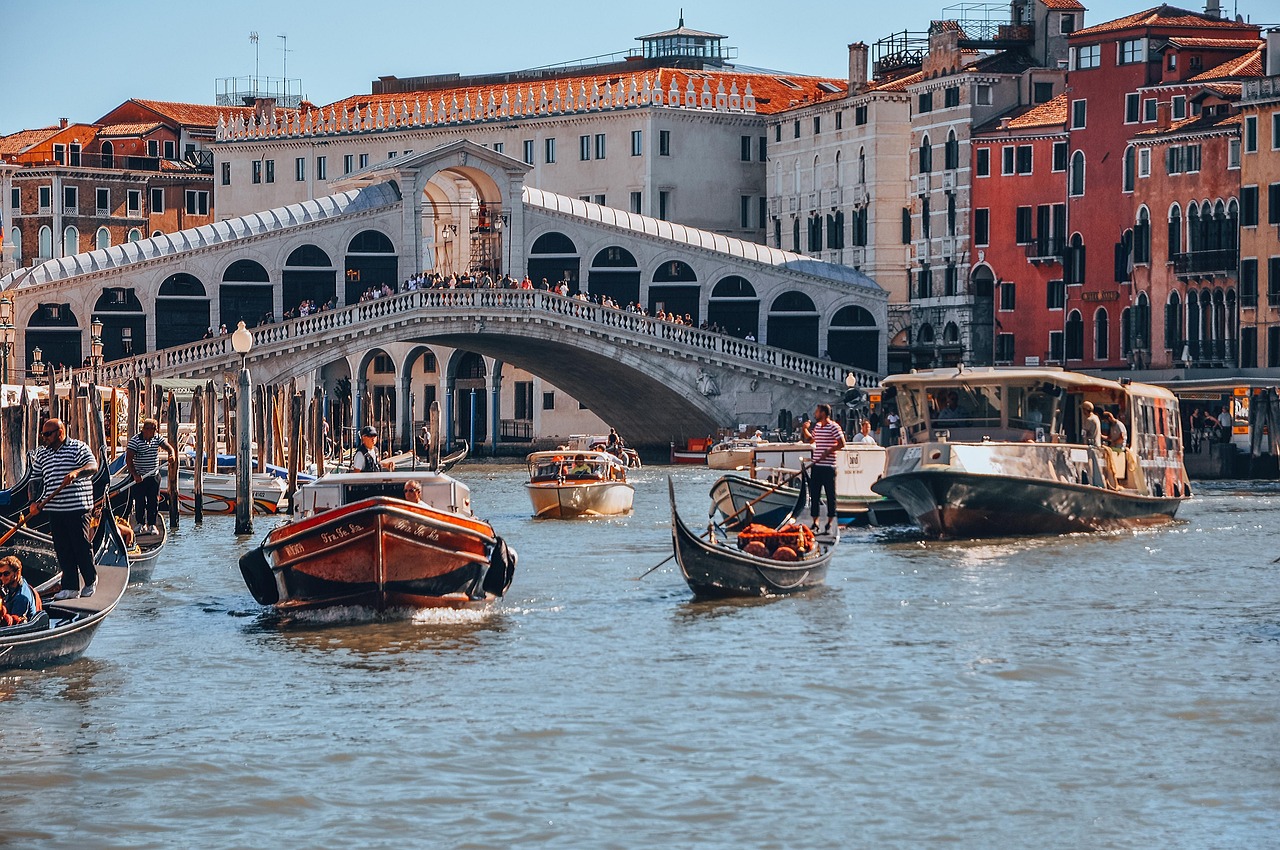
Picture this: you’re standing on the iconic bridges of Venice, trying to capture that perfect Instagram shot, but you can barely move through the crowd of tourists doing exactly the same thing. Hallstatt has just 800 residents but has opened its doors to around 10,000 visitors a day — a population increase of over 1,000%. And it’s just one of a growing number of places where residents are up in arms at the influx of travellers. This isn’t just a quirky travel story anymore – it’s the reality that’s forcing governments worldwide to make hard choices about tourism in 2025. Overtourism occurs when too many visitors flock to a destination, exceeding its ability to manage them sustainably and leading to negative impacts such as overcrowding, environmental degradation, strained infrastructure, reduced quality of life for residents, and a diminished visitor experience. The numbers tell a sobering story: 80% of travellers visit just 10% of the world’s tourism destinations, meaning bigger crowds in fewer spots. And, the UNWTO predicts that by 2030, the number of worldwide tourists, which peaked at 1.5 billion in 2019, will reach 1.8 billion, likely leading to greater pressure on already popular spots and more objection from locals. What we’re witnessing isn’t just overcrowding – it’s a fundamental shift in how destinations are fighting back against tourism’s darker side.
The Carbon Crisis Hidden in Your Passport

The tourism carbon footprint grew 2.3 times faster than the rest of the economy, reaching nearly 9% of global emissions by 2019. Rapid tourism demand growth (3.8% per year) has outpaced energy efficiency gains among businesses (0.3% per year). These aren’t just abstract numbers – they represent real environmental damage that destinations are increasingly unwilling to ignore. Think about your last vacation: the flight, the hotel air conditioning, the rental car, even the souvenirs shipped from halfway around the world. Today, transportation is tourism’s main source of greenhouse gas emissions. On average, planes and cars generate the most CO2 per passenger mile, with tour buses, ferries, and trains coming well behind. Projections indicate that tourism emissions could reach 6.5 billion metric tons by 2025. For context, that’s more than the entire annual emissions of most countries. The Maldives, Fiji, the Seychelles, the Caribbean – these destinations rely heavily on air travel to survive economically, yet they sit on the front lines of rising seas and stronger storms. The irony is stark: the very activity that sustains them also threatens their future.
Bhutan’s Revolutionary Approach
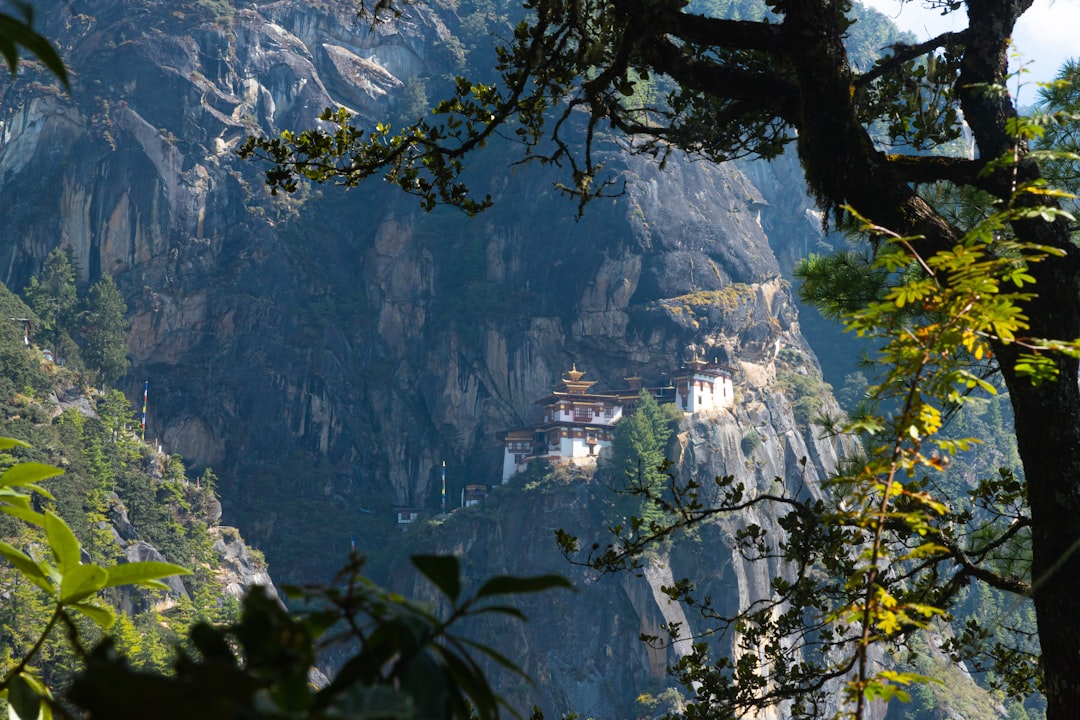
The tiny Himalayan kingdom of Bhutan, regarded as one of the world’s most exclusive tourism destinations, raised tourism taxes in September 2022 as it reopened its borders. International visitors to Bhutan will now be taxed a sustainable development fee (SDF) of US$200 a night, a spike from US$65 per night for the past three decades. But here’s where it gets interesting – this isn’t just about money. Government officials told reporters that the revenue collected would be used to offset the carbon footprint of tourism, improve carbon-neutral infrastructure and maintain the country’s natural landscape. Having only been open to visitors for 45 years, Bhutan puts its environment, culture, and well-being ahead of economics. This place absorbs more carbon than it creates and a Bhutan tour is perfect for trekkers, nature lovers, and Buddhist pilgrims. What makes Bhutan’s approach so revolutionary isn’t just the fee amount – it’s the philosophy behind it. They’re essentially asking visitors: how much is pristine nature worth to you? A fifty percent discount shall be granted on the prevailing SDF of USD 200 for US Dollar paying tourists visiting Bhutan. The effective SDF with the discount shall be USD 100 per person per day for US Dollar paying tourists.
The Guilt Factor: Why Travelers Are Questioning Their Choices
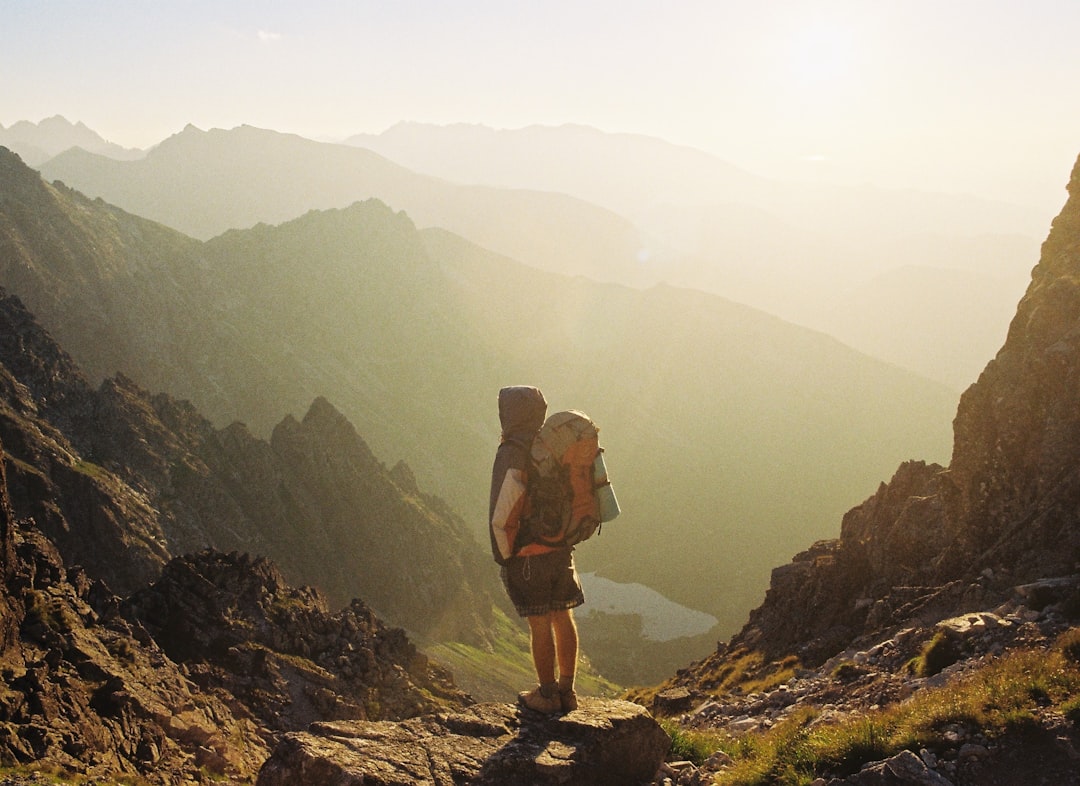
There’s a new emotion creeping into travel planning in 2025: guilt. Travelers are increasingly conscious of their impact on the destinations they visit. Nearly 44% of tourists have pledged not to tag lesser-known locations on social media to prevent them from being overwhelmed by “Instatourists.” This isn’t about being a killjoy – it’s about genuine concern for the places we love to visit. A sizeable 84% of travelers said that traveling more sustainably is important to them. 75% of travelers in 2024 say they plan to travel more sustainably over the next year, and 57% want to reduce their energy consumption on upcoming trips. But what does sustainable travel actually mean when flights remain the biggest culprit? For the 47% of Gen Z and 44% of millennials who would reconsider visiting a destination if they couldn’t tag its location, AI offers an alternative. These tools help them discover equally stunning but less crowded areas, allowing for guilt-free sharing of travel experiences. The psychology is fascinating: we want to explore the world, but we also don’t want to destroy it in the process.
Venice’s Desperate Measures
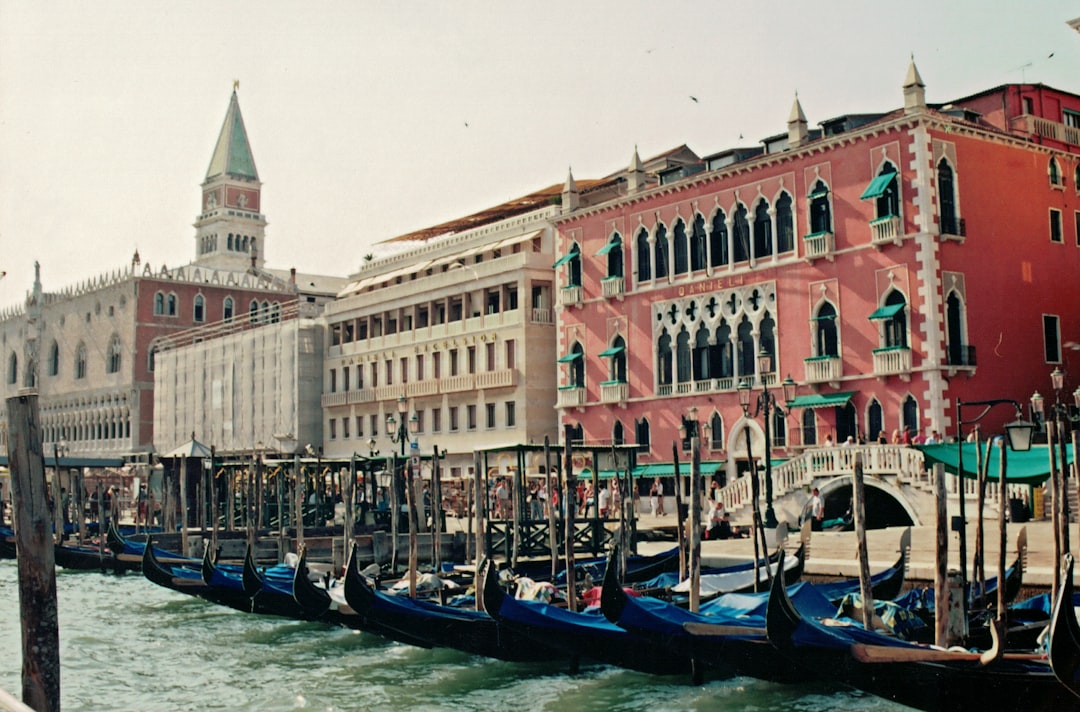
In Venice, the narrow canals and ancient streets now host more tourists than locals. To cope with this, the city introduced a daily entry fee in 2025, charging €5 to €10 depending on how far in advance visitors book. Tour group sizes are capped, and the message is clear: come, but tread lightly. The city’s desperation is palpable when you realize that locals are literally being priced out of their own neighborhoods. The new levy will be implemented over 30 non-consecutive days in 2024, likely coinciding on long spring weekends and summer holidays to reduce the city’s plague of mass tourism. This fee will apply to all “hit-and-run” tourists over 14 who enter the city’s historic center. Overnight travelers and locals, including those from the surrounding region, will be exempt. According to the BBC, visitors will eventually pay on a yet-to-be-released digital portal, which creates a downloadable QR code that law enforcement can randomly check. During the trial period, people can pay on the spot if authorities stop them. What’s remarkable is how quickly a romantic gondola ride has transformed into a transaction that requires government oversight and QR codes.
The High Cost of Paradise
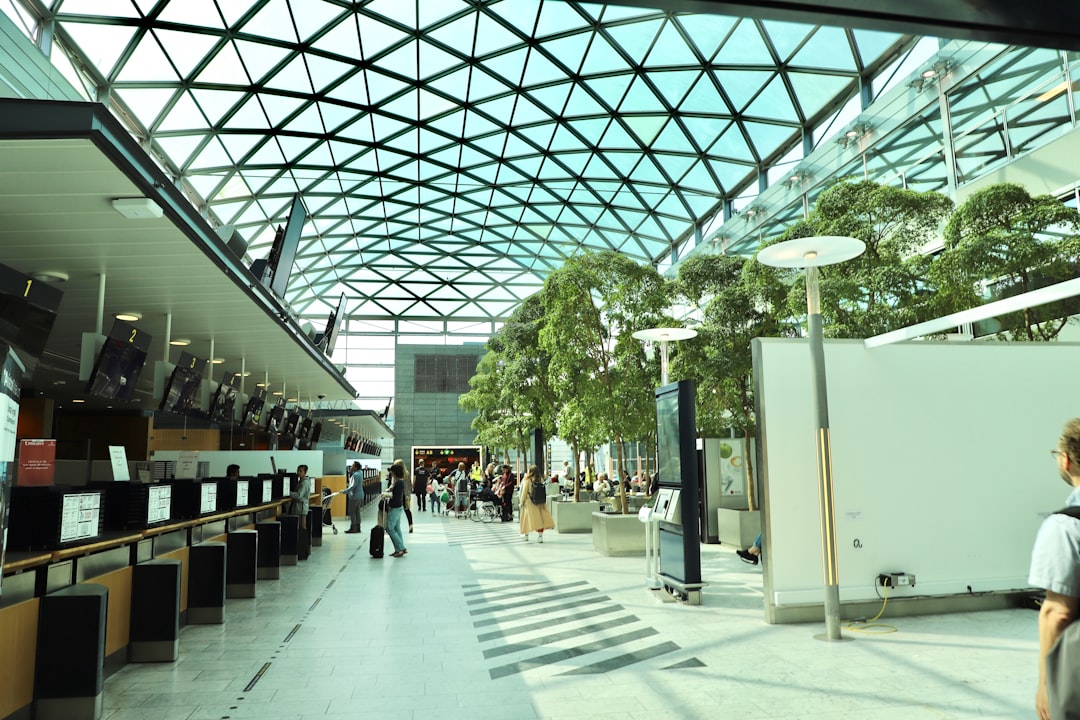
Denmark is pioneering what they call a “green transformation” of air travel with their passenger tax proposal. The plan, proposed for 2025, would charge air travelers the Danish krone equivalent of roughly $9 for flights within Europe, $35 for medium-distance flights and $56 for long-distance flights, effective by 2030. Meanwhile, Iceland is implementing its own tourist tax with a clear environmental mission. Former Prime Minister Katrín Jakobsdóttir (who stepped down in 2024) previously stated the fee won’t be high – and it will help protect the landscapes tourists love. “Tourism has really grown exponentially in Iceland in the last decade, and that obviously is not just creating effects on the climate,” Jakobsdóttir explained to Bloomberg. The money generated by the new tax will go toward sustainability programs, including Iceland’s goal to become carbon-neutral before 2040. But overtourism has been placing Bali’s natural resources under strain. Freshwater supplies have been diverted from agricultural areas to tourist precincts, according to an investigation by Al-Jazeera. A single tourist uses 1,785 litres of water per day compared to the 14 litres used by a local Balinese, according to the South China Morning Post. These statistics reveal the true cost of paradise: when tourism consumes 127 times more water per person than local residents use.
Technology as the Savior
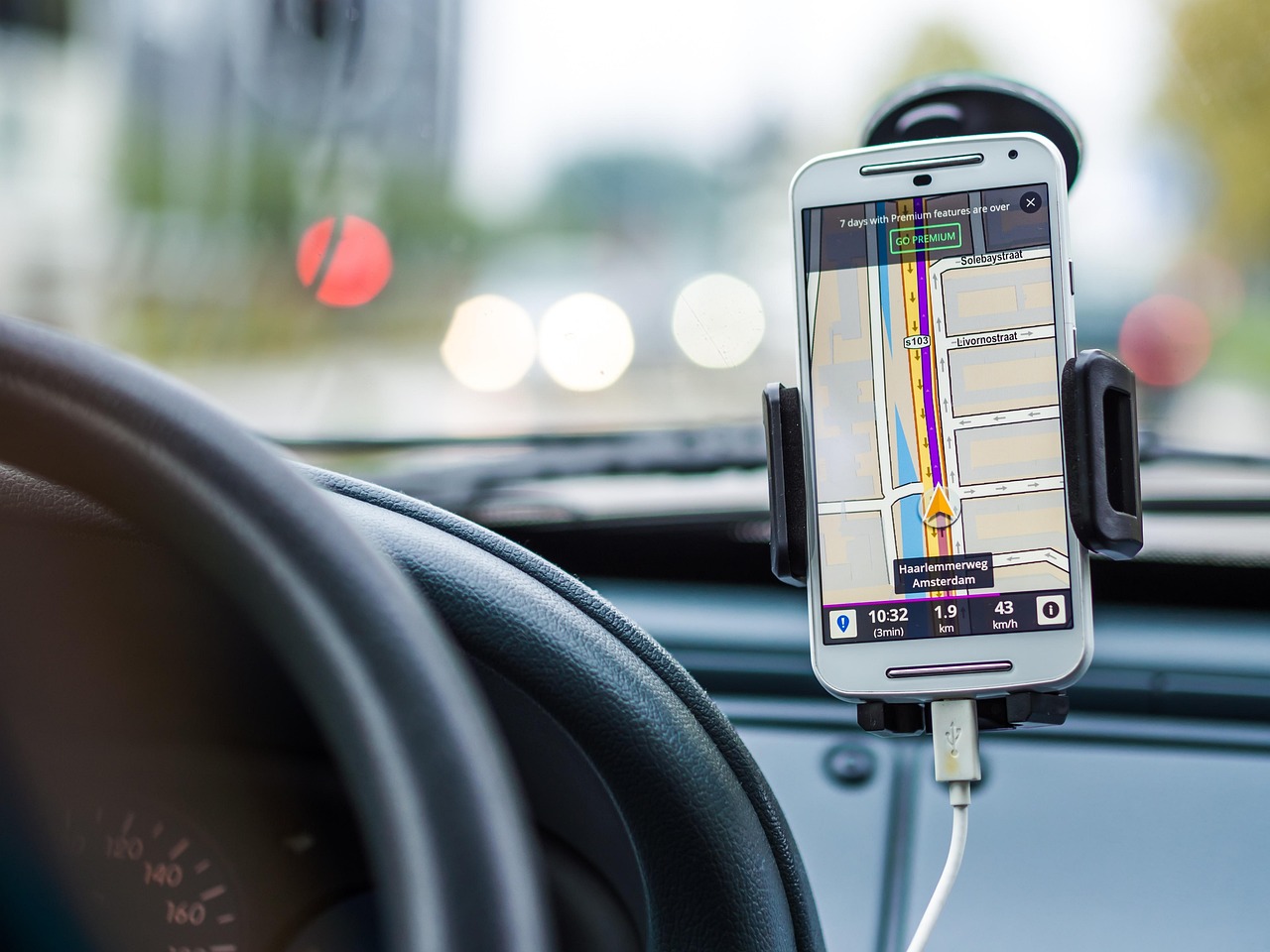
Real-time travel apps are instrumental in this effort. By analyzing crowd density and environmental conditions, these apps provide live updates and suggest alternate routes or destinations. This not only enhances the traveler’s experience but also alleviates pressure on heavily visited areas. Artificial intelligence is becoming the unlikely hero in fighting overtourism. According to a recent survey, 66% of travelers plan to use technology to make informed decisions that respect the locations they visit while contributing positively to local communities. AI-powered platforms like Booking.com’s AI Trip Planner are at the forefront of this movement, with 41% of tourists expressing interest in using such tools to curate meaningful journeys. It’s smart and seamless—algorithms crunch data to cut waste and energy use. Kayak’s 2024 update even flags carbon footprints for trip options, nudging users toward greener picks. Travelers love the ease; businesses love the efficiency. A 2025 Smart Guide forecast predicts 70% of bookings will use AI by 2030. The beauty of this technological approach is that it doesn’t require travelers to sacrifice their wanderlust – it just makes them smarter about where and when they wander.
The Economics of Exclusivity
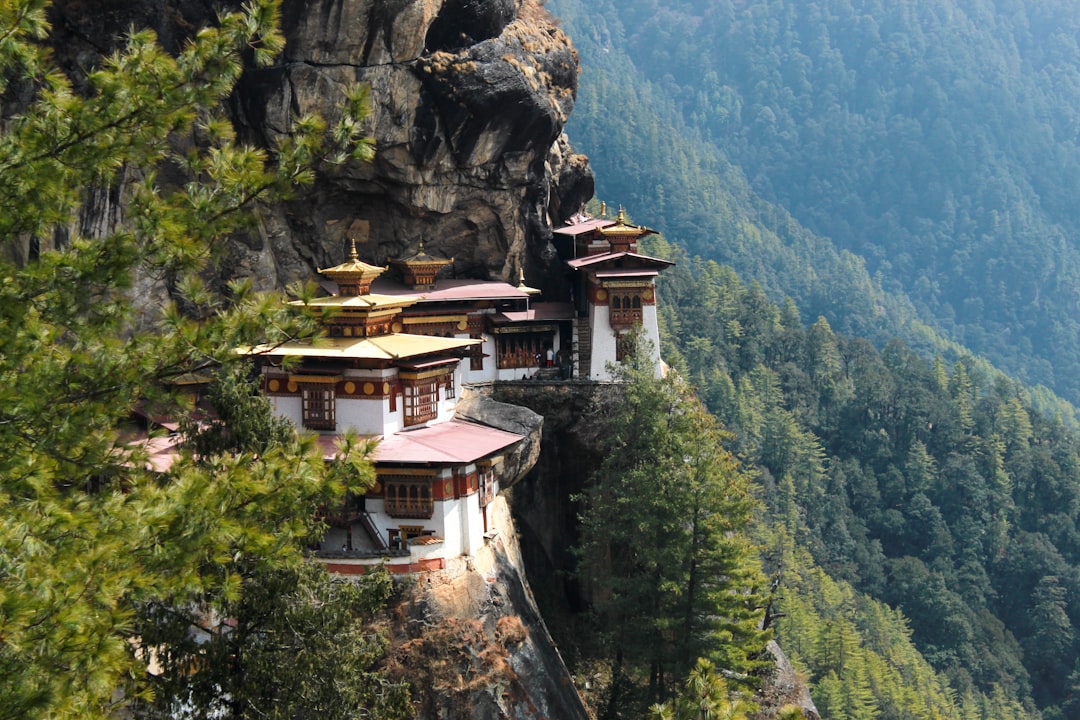
The Government of Bhutan has opted for a ‘high value, low impact’ tourism policy that limits the number of visitors that can enter the country at any given time. This policy has protected Bhutan against the worst effects of mass tourism, like trampled nature and disrupted ecosystems. The genius of Bhutan’s approach lies in simple economics: charge more, get fewer but higher-spending visitors. Since September 2022, when Bhutan reopened its borders to tourists after a long coronavirus-related closure, the daily visa fee has been 200 USD per person per night in the country. Indian nationals are exempt from this fee. The entirety of the new daily visa fee is to be used for sustainable development. The aim here is to use the money from tourists’ visas to help the Bhutanese Government look after its people, environment and economy. But there’s a catch that reveals the complexity of modern tourism economics: Increasing migration rates and high overstay rates of Bhutanese in the U.S. are primary reasons for potential travel restrictions. Bhutan’s economy faces challenges like youth unemployment, tourism decline, and dependency on India, fueling emigration. Even paradise has its problems – the very exclusivity that protects Bhutan’s environment is contributing to economic challenges that drive its citizens to seek opportunities elsewhere.
The Social Media Dilemma
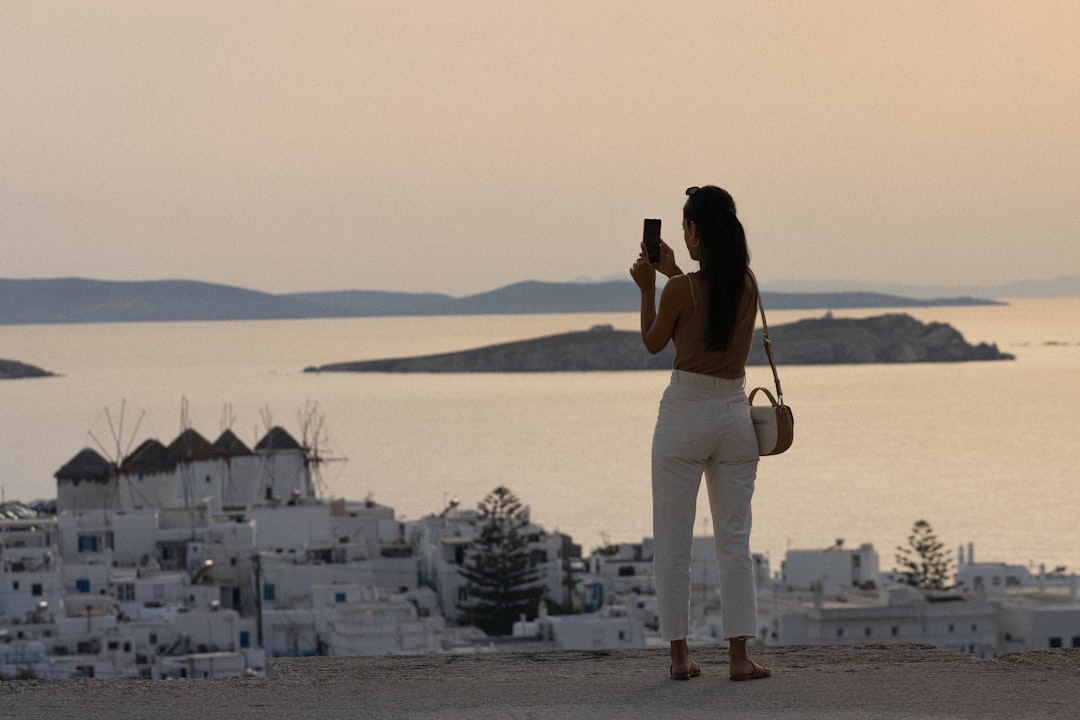
Social media has concentrated tourism in hotspots and exacerbated the problem, and tourist numbers globally are increasing while destinations have a finite capacity. The Instagram effect has fundamentally changed how destinations become popular, creating overnight sensations that can’t handle the influx. Nearly 44% of tourists have pledged not to tag lesser-known locations on social media to prevent them from being overwhelmed by “Instatourists.” However, technology remains a double-edged sword. For the 47% of Gen Z and 44% of millennials who would reconsider visiting a destination if they couldn’t tag its location, AI offers an alternative. The irony is striking: the same generation most concerned about environmental impact is also the most likely to make travel decisions based on social media shareability. Booking.com predicts that travelers will opt to use technology to help them find more sustainable choices outside of tourist hotspots. WIth 67% of respondents saying they will search for alternative options that are less-crowded, meaning that they could immerse themselves into local communities for deeper connections. The solution isn’t to eliminate social media – it’s to redirect its power toward sustainable choices.
The Psychology of Slow Travel
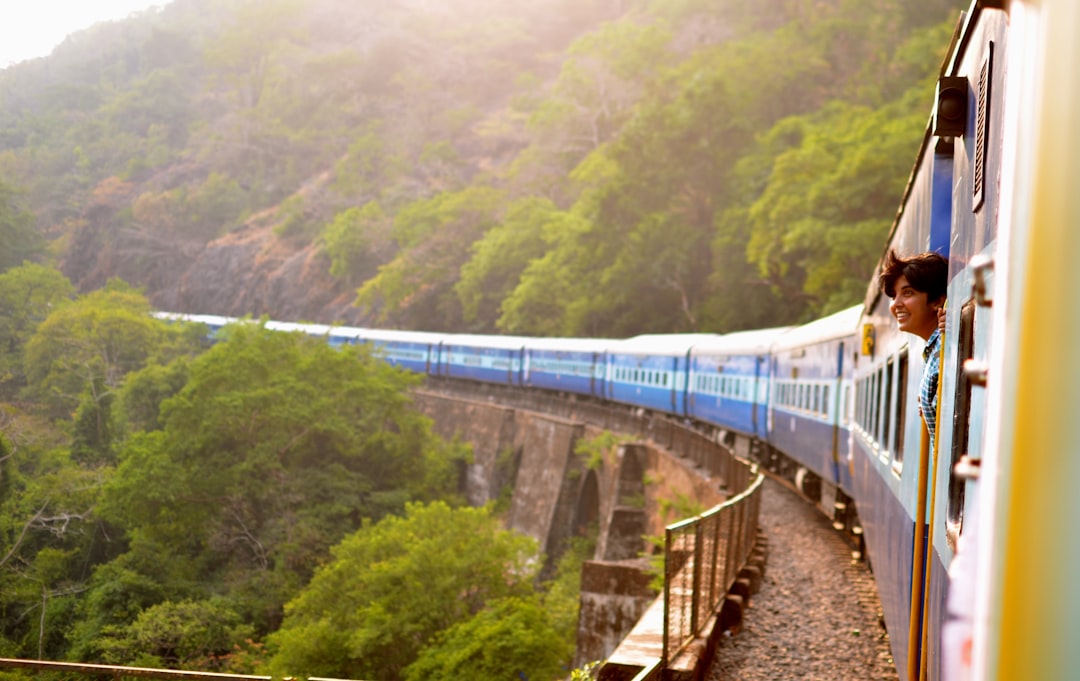
As we move through 2025, sustainable tourism increasingly emphasises the concept of ‘slow travel.’ This approach involves traveling less frequently but staying longer at each destination. Slow travel represents a fundamental shift in mindset — from collecting destinations like stamps in a passport to truly experiencing places. It ditches the whirlwind tour in favour of deeper, longer stays. By lingering in one place, travelers reduce their transit emissions and immerse themselves in local life. Many travellers are now choosing to stay local in their area, learning about indigenous culture and building relationships with the flora, fauna, and fungi in their ecosystems. The psychological benefits are profound: instead of constantly moving and packing, travelers can actually relax and form meaningful connections. Slow travel may also offer a solution to overtourism. Destinations like Barcelona and Paris experience less strain when visitors stay for weeks instead of just days — spending more with local vendors and easing pressure on crowded hotspots. For the 12 months between March 2019 and February 2020, the average length of a leisure trip was about four days. By March 2025, this has edged closer to five days, providing an economic boost for the destinations and communities hosting travelers. It’s remarkable how just one extra day can make a difference — both environmentally and economically.
The Future of Responsible Tourism
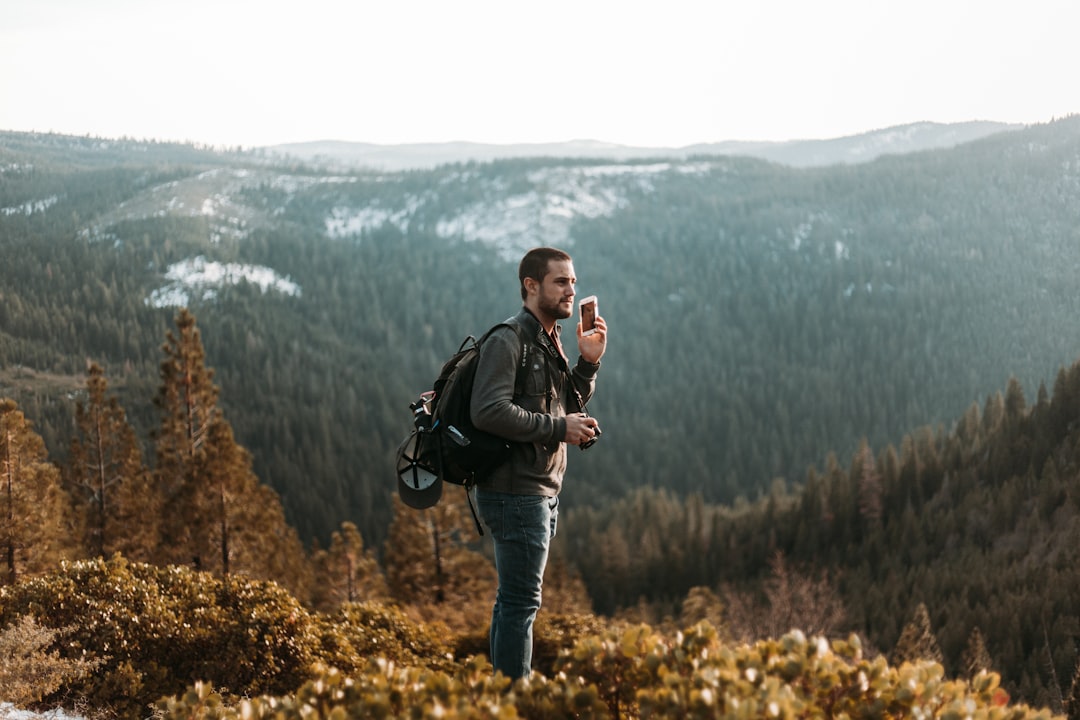
A 2024 World Travel & Tourism Council report shows that 70% of travelers now prioritize sustainability, up from 50% just five years ago. This shift is fueling innovations that blend wanderlust with eco-consciousness. The transformation isn’t happening gradually – it’s accelerating rapidly as climate change makes its effects felt more dramatically. With the number of people travelling setting new records in 2024, we’ve looked at some ways to keep your holidays green and guilt-free. The evidence is there: travel is at a tipping point, with more people crisscrossing the globe than ever before at a time when climate change is making itself felt at a much faster and more dramatic rate than anticipated. From carbon-neutral flights to community-led tourism, the industry is reimagining how we explore without leaving scars on the planet, a trend backed by Booking’s 2024 Sustainable Travel Report highlighting traveler demand for green options. Technology and human ingenuity are the drivers. AI tools, electric transport, and regenerative projects are making sustainable travel accessible, affordable, and downright cool. By 2025, the ecotourism market size globally is predicted to grow to $279.41 billion, an increase of 13.1% from $246.99 billion in 2024. By 2029, the global ecotourism market size is expected to increase to $497.65 billion, with a compound annual growth rate (CAGR) of 15.5%. These numbers suggest that sustainable tourism isn’t just an idealistic dream – it’s becoming a massive economic force.
What This Means for Your Next Trip
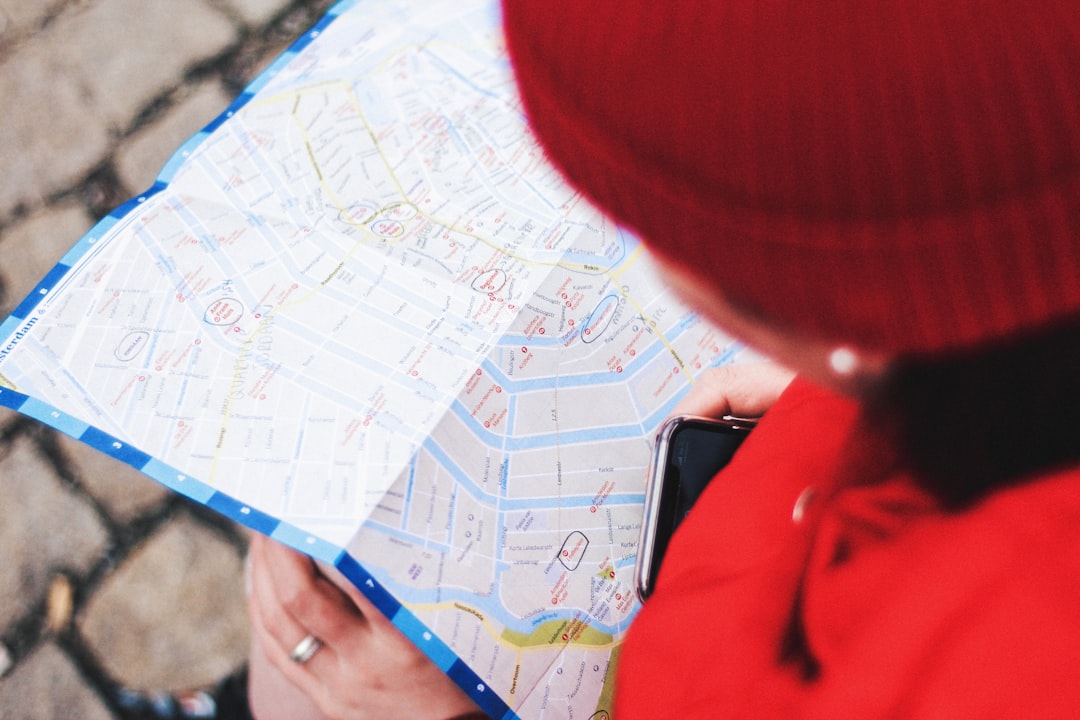
The travel landscape of 2025 demands a new approach to vacation planning. The answer, according to BBC Travel Show presenter and overtourism expert Rajan Datar in his three-part Radio 3 series The Tourist Trap, is destination management and dispersal. With 80% of people going to just 10% of the world’s destinations, we should be choosing our holidays more wisely, with an eye for places and people that need us more – with the caveat that our spend goes to local workers and communities rather than ‘leaking out’ to multinationals and foreign investors. This means researching beyond the Instagram hotspots to find destinations that will genuinely benefit from your visit. Choosing sustainable accommodation costs an average of $151 less per night, and was an average of 39% cheaper than non-sustainable options. Surprisingly, being more sustainable can actually save you money while reducing your environmental impact. Lowering Carbon Emissions Opting for low-emission transportation, like electric vehicles (EVs), reduces your carbon footprint. For example, EVs emit 43% fewer greenhouse gases than gas-powered cars over their lifecycle. The key is planning your trip with intention rather than impulse, considering not just where you want to go, but how your presence will affect that place. When you travel, it is important to be part of the solution rather than contributing to the problem. When you work to travel sustainably, you can help ensure that the places you
